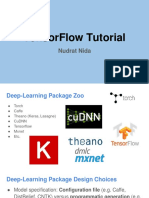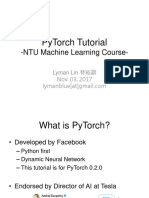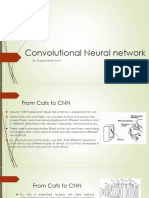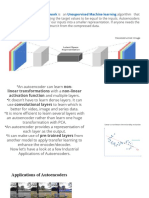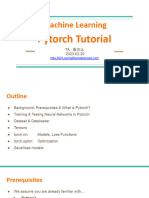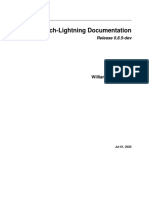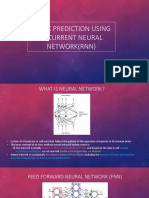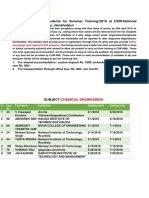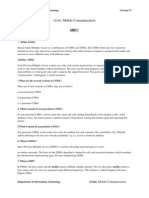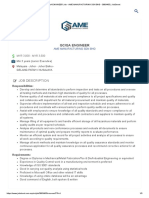0% found this document useful (0 votes)
306 views62 pagesTensorflow PDF
TensorFlow is an open source machine learning framework developed by Google. It uses data flow graphs to represent computation and can deploy models across CPUs and GPUs. Key concepts in TensorFlow include variables, graphs, sessions, placeholders, and sharing variables through variable scoping.
Uploaded by
Juan Carlos RojasCopyright
© © All Rights Reserved
We take content rights seriously. If you suspect this is your content, claim it here.
Available Formats
Download as PDF, TXT or read online on Scribd
0% found this document useful (0 votes)
306 views62 pagesTensorflow PDF
TensorFlow is an open source machine learning framework developed by Google. It uses data flow graphs to represent computation and can deploy models across CPUs and GPUs. Key concepts in TensorFlow include variables, graphs, sessions, placeholders, and sharing variables through variable scoping.
Uploaded by
Juan Carlos RojasCopyright
© © All Rights Reserved
We take content rights seriously. If you suspect this is your content, claim it here.
Available Formats
Download as PDF, TXT or read online on Scribd
/ 62


